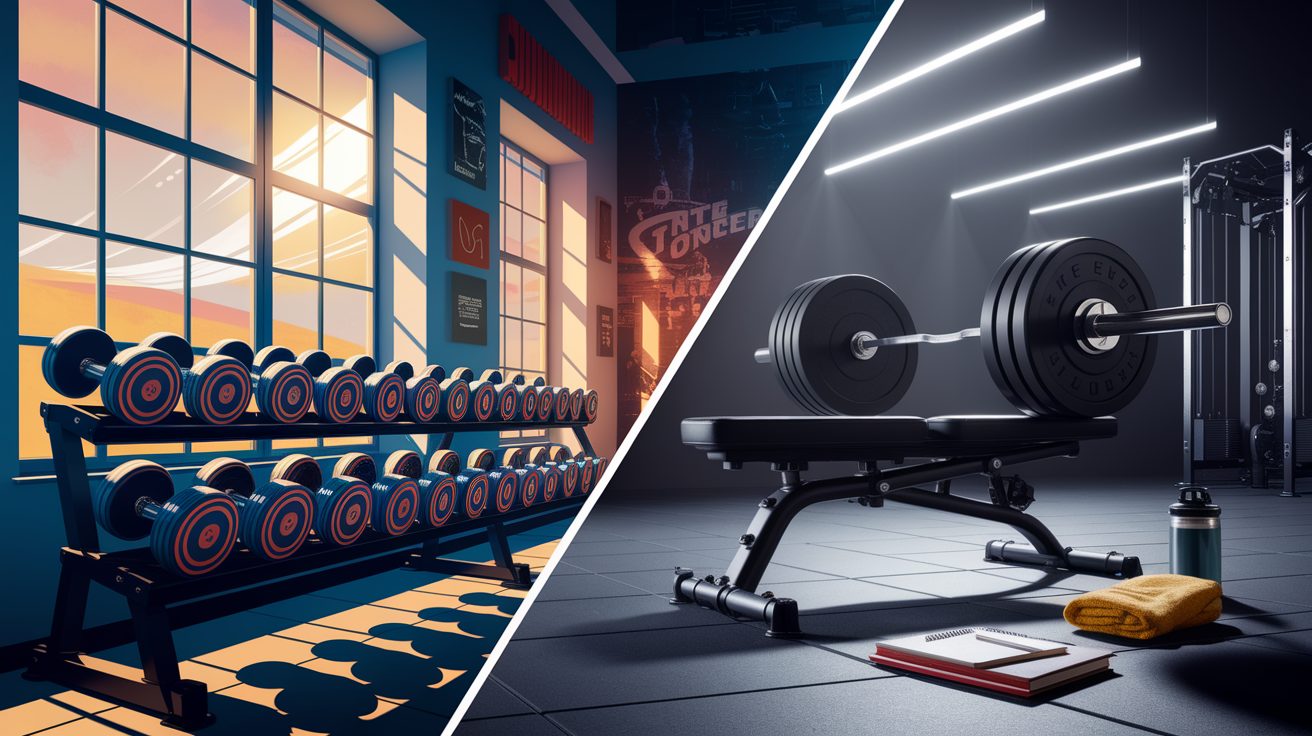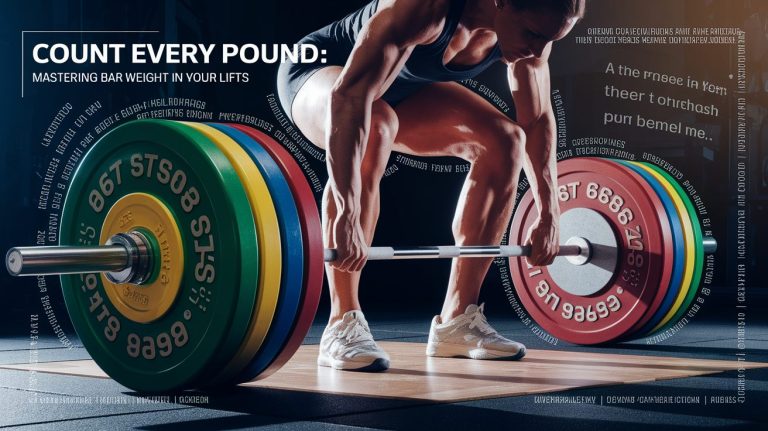Dumbbells vs. Barbells: The Ultimate Guide to Choosing Your Strength Training Tool
Introduction
When it comes to building strength, muscle, and athletic performance, the debate of dumbbells vs. barbells has been ongoing for decades. Both tools are staples in resistance training, each with unique strengths that can influence your progress depending on your goals. As a coach who values strength through science and results through discipline, I will break down the evidence-based differences and practical considerations so you can select—or combine—the right equipment for your needs.

Loading Capacity and Maximal Strength Development
If your primary goal is maximal strength, barbells have a clear advantage in loading potential. With an Olympic barbell and weight plates, you can progressively overload movements like squats, deadlifts, and bench presses far beyond what most dumbbells permit. This greater loading capacity is crucial for developing raw strength and muscle mass through heavy compound exercises.

Barbells allow both arms to work in unison, spreading the load evenly and enabling heavier lifts with safer control (read more here). Dumbbells, while excellent for muscle building, typically limit the maximum weight per hand, making them less ideal for pure strength goals. However, they shine in unilateral training, allowing you to address strength imbalances between sides (full comparison here).
Range of Motion, Muscle Activation, and Imbalances
Dumbbells offer a greater range of motion, allowing each limb to move independently. This independence promotes increased muscle activation, particularly in the stabilizer muscles, and can help correct imbalances. For example, in a dumbbell press, each shoulder and arm must stabilize and guide its own load, which builds functional strength and coordination (learn more).

Barbells, in contrast, restrict movement to a fixed path across both limbs, which can be beneficial for lifting heavier loads and simplifying technique. They concentrate effort on major muscle groups during bilateral compound exercises. For muscle symmetry goals, alternating phases of dumbbell training into your program can ensure each side is equally challenged (details here).
Stability, Safety, and Technique Considerations
Barbells often provide greater stability, especially during maximal lifts. Sharing the load between both arms can reduce the risk of technique breakdown and injury, particularly for beginners or those training without a spotter (source). In case of failure, barbells can often be safely racked or dumped, depending on the lift.
Dumbbells demand higher levels of balance and coordination, as each limb moves independently. This can improve neuromuscular control and core stability, but it comes with an increased technical demand. For novices, the learning curve can be steeper; however, with proper coaching, these challenges can translate to improved functional strength and injury prevention (read discussion).
Practical Applications—Exercise Variety and Programming
From a programming perspective, barbells are unmatched for heavy compound lifts—squats, deadlifts, presses, rows—that progressively overload large muscle groups. Dumbbells, however, win in versatility. They can be used for isolation exercises, rotational movements, and angles that barbells simply cannot accommodate (examples here).
- Barbell priorities: Maximal strength, powerlifting, Olympic lifting, consistent progressive overload.
- Dumbbell priorities: Muscle symmetry, rehab work, stabilizer muscle development, versatile movement patterns.
- Hybrid programming: Combining barbell compound sessions with dumbbell accessory work for balanced development.
Equipment, Space, and Budget Considerations
From a practical standpoint, barbells (and plates) require more space and often more upfront investment than adjustable dumbbells. A full barbell setup includes the bar, weight plates, and ideally a rack—making them less space-efficient in small home gyms.
Dumbbells, especially adjustable models, are more compact and beginner friendly, though heavy fixed dumbbells can become expensive when trying to cover a wide range of loads. For those with limited space or budget, dumbbells may be the more accessible starting point (pros and cons comparison).
Combining Dumbbells and Barbells for Optimal Gains
The smartest approach for most lifters is to integrate both tools into their routine. Barbells deliver maximal load and efficient progressive overload on key lifts, while dumbbells add range of motion, challenge stabilizers, and correct imbalances (training synergy).
Program example:
- Primary lifts (barbell): Squat, Bench Press, Deadlift.
- Accessory lifts (dumbbell): Bulgarian Split Squat, Dumbbell Press, Lateral Raise.
- Functional work (dumbbell): Farmer’s Carry, Rotational Row for core and unilateral strength.
Frequently Asked Questions (FAQ)
Which is better for building muscle—dumbbells or barbells?
Both can build muscle effectively. Barbells allow heavier loads and are optimal for progressive overload; dumbbells improve muscle activation and symmetry (explained here).
Are dumbbells or barbells better for beginners?
Beginners may find barbells easier for stability during compound lifts, but dumbbells enhance coordination and highlight imbalances early (learn why).
Do dumbbells or barbells take up more space?
Barbells with racks and plates require more space; adjustable dumbbells are more compact (source).
Can you build the same muscle with dumbbells as barbells?
Yes, with proper programming and load progression. Maximum load potential is higher with barbells, but dumbbells can match hypertrophy gains via increased range of motion and activation (details).
Which allows for better range of motion?
Dumbbells provide superior range of motion and joint freedom (more here).
Should I buy dumbbells or barbells for my home gym?
Consider your space, budget, and goals: barbells for heavy strength lifts, dumbbells for versatility and smaller spaces (comparison).
Conclusion
Dumbbells and barbells are both essential tools for serious weight training. Barbells reign supreme for maximal strength development, while dumbbells excel at improving muscle activation, symmetry, and movement variety. The most effective strategy—and the one I use with athletes—is a combination of both: heavy barbell compounds paired with targeted dumbbell accessories. Train smart, respect the fundamentals, and let science guide your discipline to long-term progress.







